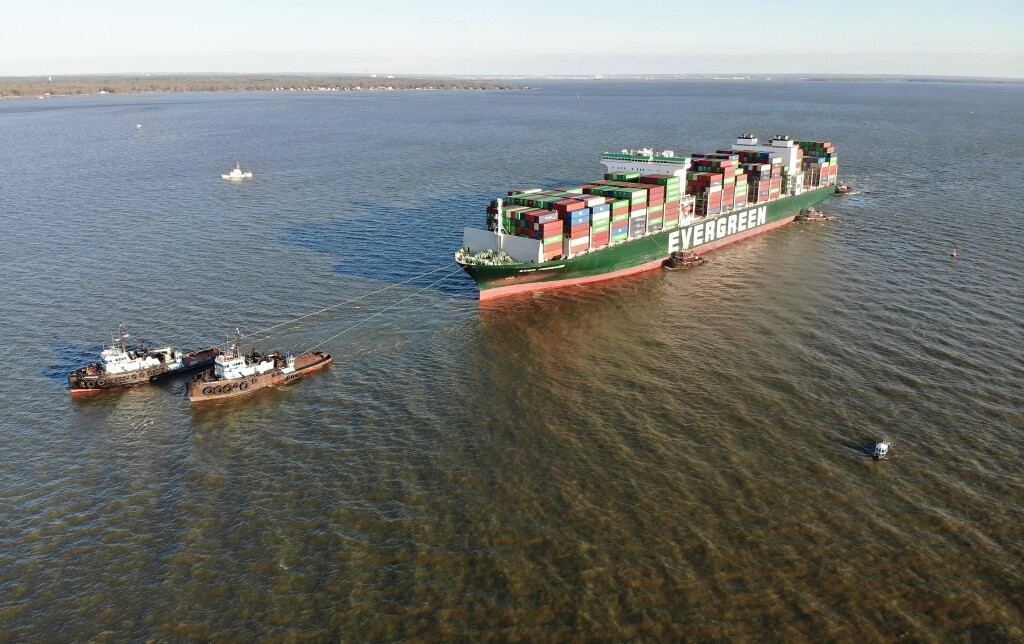Cell phones have been recognized as contributing factors in maritime accidents over the years. This was recently cited in the grounding of the containership Ever Forward in Chesapeake Bay on March 13, 2022. The 117,000-ton ship, owned by Evergreen Marine, departed Seagirt Marine Terminal in Baltimore enroute to Norfolk with a Maryland state pilot aboard.
In its report, the Coast Guard cited (1) failure to maintain situational awareness and attention while navigating and (2) inadequate bridge resource management as factors. In terms of a positive aspect of the matter, post-accident recommendations of the Coast Guard called for vessel owners and marine operators to develop and implement effective policies outlining when the use of cell phones and other portable electronic devices is appropriate or prohibited.
The 1,095' containership had missed a waypoint in executing a required course change. The third officer stated that he observed the pilot looking at his cell phone. Drawing 42' of water, the containership ran aground outside the Craighill Channel near buoy 16.
The distraction posed by cell phones is well-recognized in maritime case law. In 2013, a ferry operated by the Golden Gate Bridge, Highway & Transportation District was involved in a boating accident with a 22' powerboat. The operator of the speedboat was killed and the owner seriously injured. At trial, attorneys for the plaintiffs alleged that the ferry captain was using his cell phone immediately before the collision.
In July 2010, the tug Caribbean Sea was pushing a 250' barge when it ran over a small tour vessel on the Delaware River. The National Transportation Safety Board concluded that distraction created by a cell phone was a probable cause of the accident, together with a decision to use the lower wheelhouse instead of the elevated one.
Cell phones are not a new issue in the realm of transportation safety. On the road and on the water, their potential for distraction is well recognized. It’s also true that their roles have evolved from early models with screens the size of a postage stamp.
They have become more integrated in our daily lives, offering valuable resources in navigation, weather forecasting, and messaging, among other applications. In some settings, they are regarded as failsafe communication backups. However, the fact remains that they compete for attention — no matter how integrated they have become in our lives.




